Abstract
Objectives
The aim of this study was to compare the tooth brushing methods recommended by dental associations and toothbrush manufacturers in various countries including South Korea.
Methods
Eighteen countries―6 Asian, 2 North American, 2 Oceanian, and 8 European―were selected from members of the OECD, EU, and APEC, using information obtained from the primary email address of each dental association and information obtained from the websites of the associations regarding the officially recommended tooth brushing methods. In addition, 12 major toothbrush manufacturers were selected based on their market share, including 4 Asian manufacturers, 2 North American, and 2 European. Information about recommended tooth brushing methods was obtained from their websites.
Results
The countries recommending a particular tooth brushing method by name were South Korea, Hong Kong, and Taiwan. While South Korea recommended the “rolling” technique, Hong Kong and Taiwan recommended the “bass” technique. Except for these countries, the other countries presented their recommended methods by explaining the initial position or motion of the toothbrush. The most commonly recommended method was tilting the brush head at an angle of 45 degrees to the gingival margin; this was recommended by 8 countries (44%) and 6 toothbrush manufacturers (75%). Brushing with a vibrating motion was also recommended by 9 countries (50%) and 4 manufacturers (50%).
Conclusions
The most recommended brushing method was initially positioning the toothbrush at an angle of 45 degrees to the gingival margin and using a vibrating motion, which is effective against periodontal diseases. However, South Korea recommended the rolling technique, which is effective for controlling dental plaque. Given the high frequency with which periodontal disease occurs in South Korea, vibrating the toothbrush on the gingival margin should be recommended in addition to the rolling technique.
Go to : 
References
1. Loe H, Kleinmann DV. Dental plaque control measures and oral hygiene practices: proceedings from a state-of-the-science workshop. Washington DC: IRL Press Ltd;1986. p. 119.
2. Ministry of Health and Welfare. 2012 Korea National Oral Health Survey. Summary. Seoul: Ministry of Health and Welfare;2013. 134:p. 177–179.
3. Ministry of Health and Welfare. 2003 Korea National Oral Health Survey. Summary. Seoul: Ministry of Health and Welfare;2004. p. 90.
4. Ministry of Health and Welfare. 2006 Korea National Oral Health Survey. Seoul: Ministry of Health and Welfare;2007. p. 107.
5. Ministry of Health and Welfare. OECD Health at a Glance 2009. Seoul: Ministry of Health and Welfare;2010. p. 34–35.
6. Health Insurance Review and Assessment Service. 2015 the first quarter Treatment cost statistical indices. Seoul: Health Insurance Review and Assessment Service;2015. p. 7.
7. Kim BI, Kwon HK, Kim SH, Kim YS, Kim HS, No HJ, et al. Textbook of oral care products. 1st ed. Seoul: Charm-yun publishing;2010. p. 25–36.
8. Wainwright J, Sheiham A. An analysis of methods of tooth brushing recommended by dental associations, toothpaste and toothbrush companies and in dental texts. Br Dent J. 2014; 217:E5.
9. Wilkins EM, McCullough PA. Clinical practice of the dental hygienist. 10th ed. Philadelphia: Lea andFebige;2008. p. 413–419.
10. Darby ML, Walsh M. Dental hygiene: theory and practice. 3rd ed. St. Louis: Elsevier Health Sciences;2010. p. 394–396.
11. Harris NO, Garcia-Godoy F. Primary preventive dentistry. 6th ed. New Jersey: Pearson Education Inc;2004. p. 138–141.
12. Poyato-Ferrera M, Segura-Egea JJ, Bullón-Fernández P. Comparison of modified Bass technique with normal tooth brushing practices for efficacy in supra gingival plaque removal. Int Dent Hyg. 2003; 1:110–114.
13. Kremers L, Lampert F, Etzold C. Comparative clinical studies on 2 tooth brushing methods-Roll and Bass technic. Dtsch Zahnarztl Z. 1978; 33:58–60.
14. Nassar PO, Bombardelli CG, Walker CS, Neves KV, Tonet K, Nishi RN, et al. Periodontal evaluation of different tooth brushing techniques in patients with fixed orthodontic appliances. Dental Press J Orthod. 2013; 18:76–80.
15. Kim JB, Baek DI, Mun HS, Kim HD, Jin BH, Choi YJ, et al. Clinical preventive dentistry. 4th ed. Seoul: Gomoonsa;2006. p. 132–134.
16. Choi YG, Park DY, Jeong DB. Relationship among adequacy, awareness of the difficulty in tooth brushing and plaque score. J Korean Acad Dent Health. 2009; 33:192–199.
Go to : 
Table 1.
Sources of information provided for dental associations an toothbrush manufacturers
Table 2.
Classification of tooth brushing methods
Table 3.
Tooth brushing methods recommended by dental associations and toothbrush manufacturers




 PDF
PDF ePub
ePub Citation
Citation Print
Print



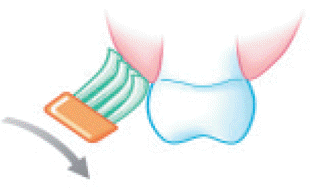
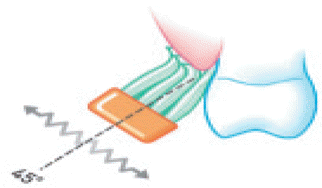

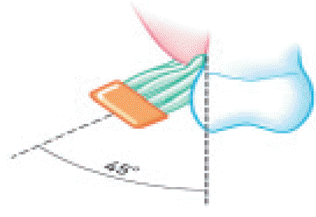

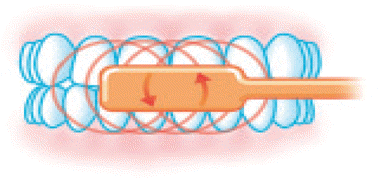
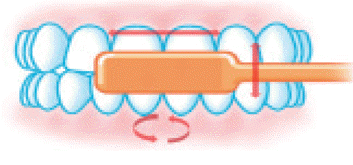
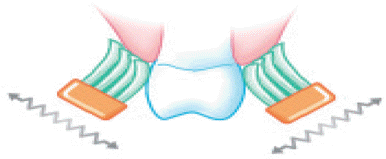
 XML Download
XML Download